Slot machine with microcontroller
This is a slot machine that was created as part of a final exam. It works with two microcontrollers, one for the slot machine itself and one for music. The microcontroller that was used here was the nucleo stm32f411, which was also proposed to be used. Everything was done in c++ with the mbed library, and the neopixel library was also used to control the three LED matrices.
That's the most basic thing about the project, if you're interested in more, it continues right here below!
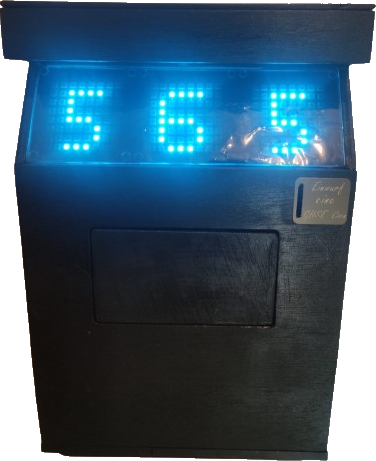
How it works
When you start the slot machine for the first time you have to insert a coin to start the program.
How it works step by step
- You have to insert a coin, then you will be asked to...
- Spin, you do this by pulling the lever on the right side down once and then releasing it again.
- Now repeat step 1 and 2 till you win.
In case you win, a drawer opens in the middle and you can take out the coins.
You can see a visualized instruction here in the video.
The product
The idea
We thought about what kind of product it should be, the idea of building a slot machine came up and that was then implemented.
Because it was created during a final examination, a must, can, should table had to be created. This shows:
- What the product MUST be able to do
- what the product CAN do
- what the product SHOULD do
First, a sketch was made from which I then modeled a preliminary version of the slot machine in a CAD.
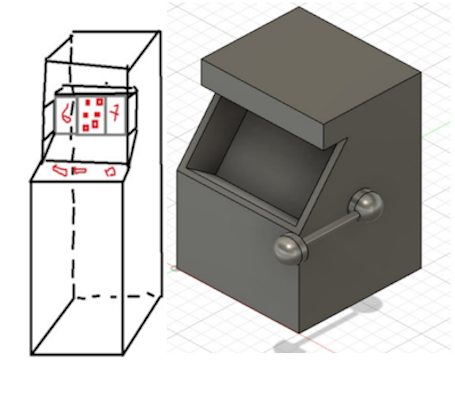
The matrices
When it was clear what we wanted, we ordered three LED matrices, which we tested straight away and provided with an additional power supply. Then we programmed numbers for testing that the matrices also displayed.
Now the question was how we would attach the matrices. I modeled a housing for a matrix, which I then printed three times with the 3D printer. In order to hold the three matrices together, they were then glued together with a plexiglass plate.
Unfortunately, the matrices were too bright, so we got a tint film and stuck it onto the plexiglass plate so that you could also see inside.
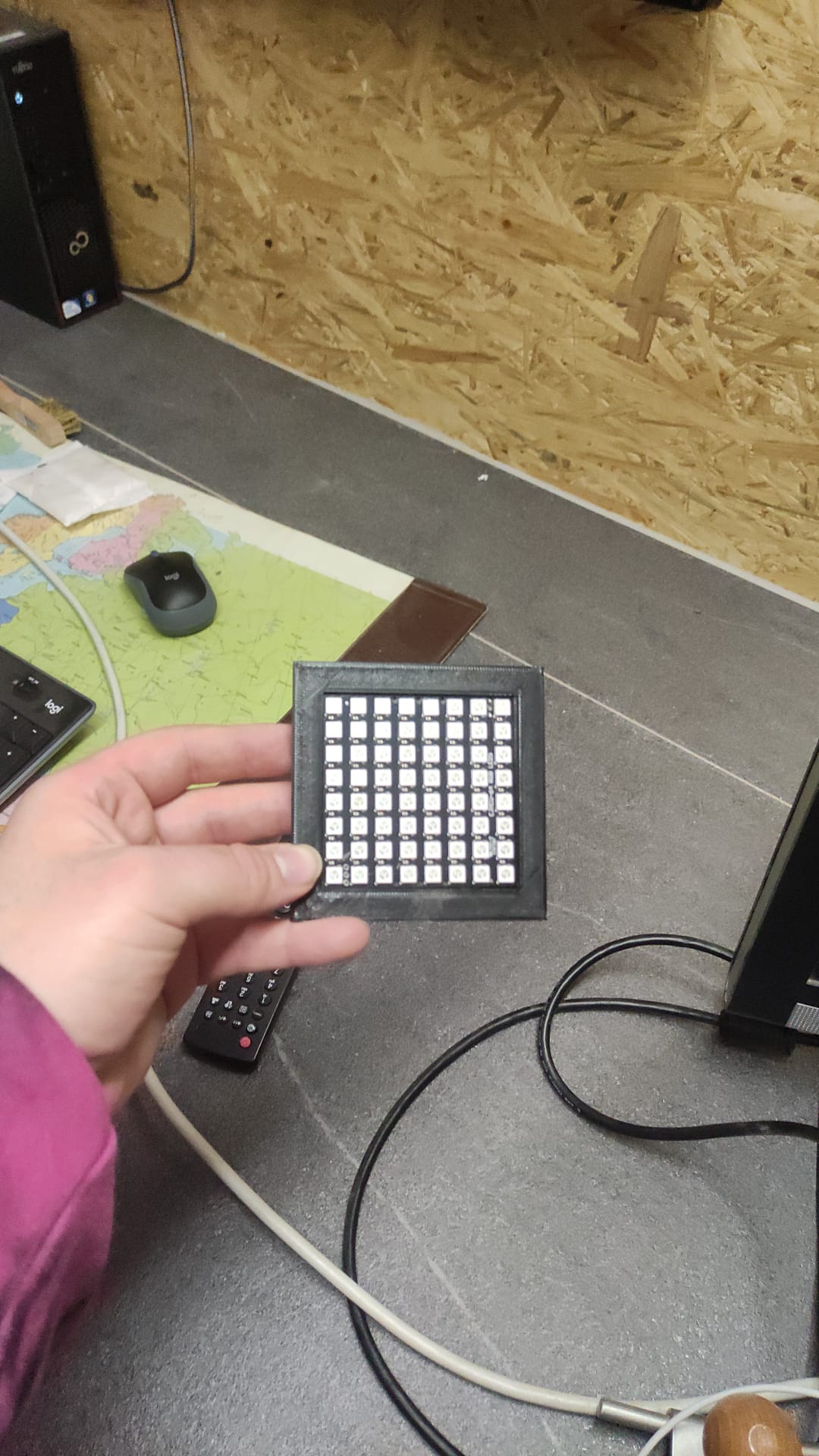

Housing
The housing was first 3D modeled piece by piece and then milled out of a plywood board using a CNC milling machine.
Then it was first assembled in a test white and checked to see if all the existing components fit in.
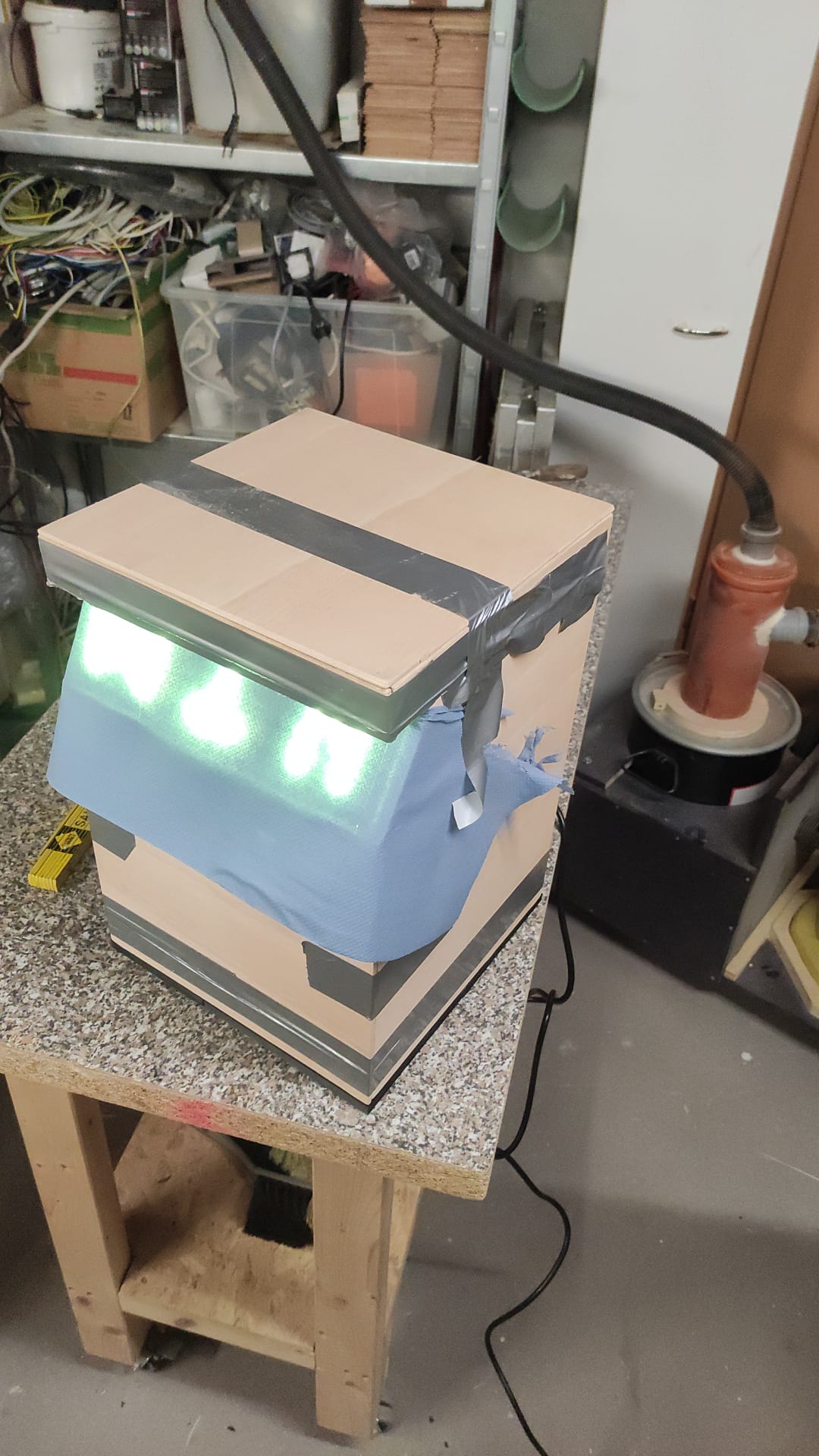
The lever
The question quickly arose as to how the slot machine actually works... It was clear that a button was needed, but a simple button was too boring and not particularly visually appealing, so I decided to use a lever.
I set about designing and animating a lever in a 3D CAD, but how does this lever activate a button? Inside the slot machine there is a limit switch that is activated as soon as the lever is pushed down.
Cabling
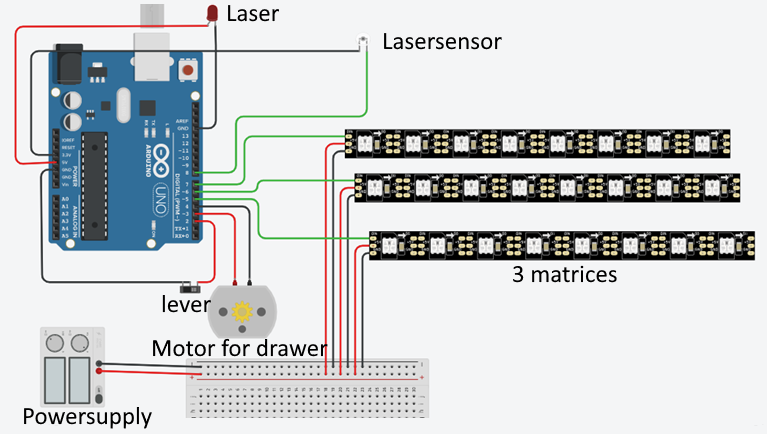
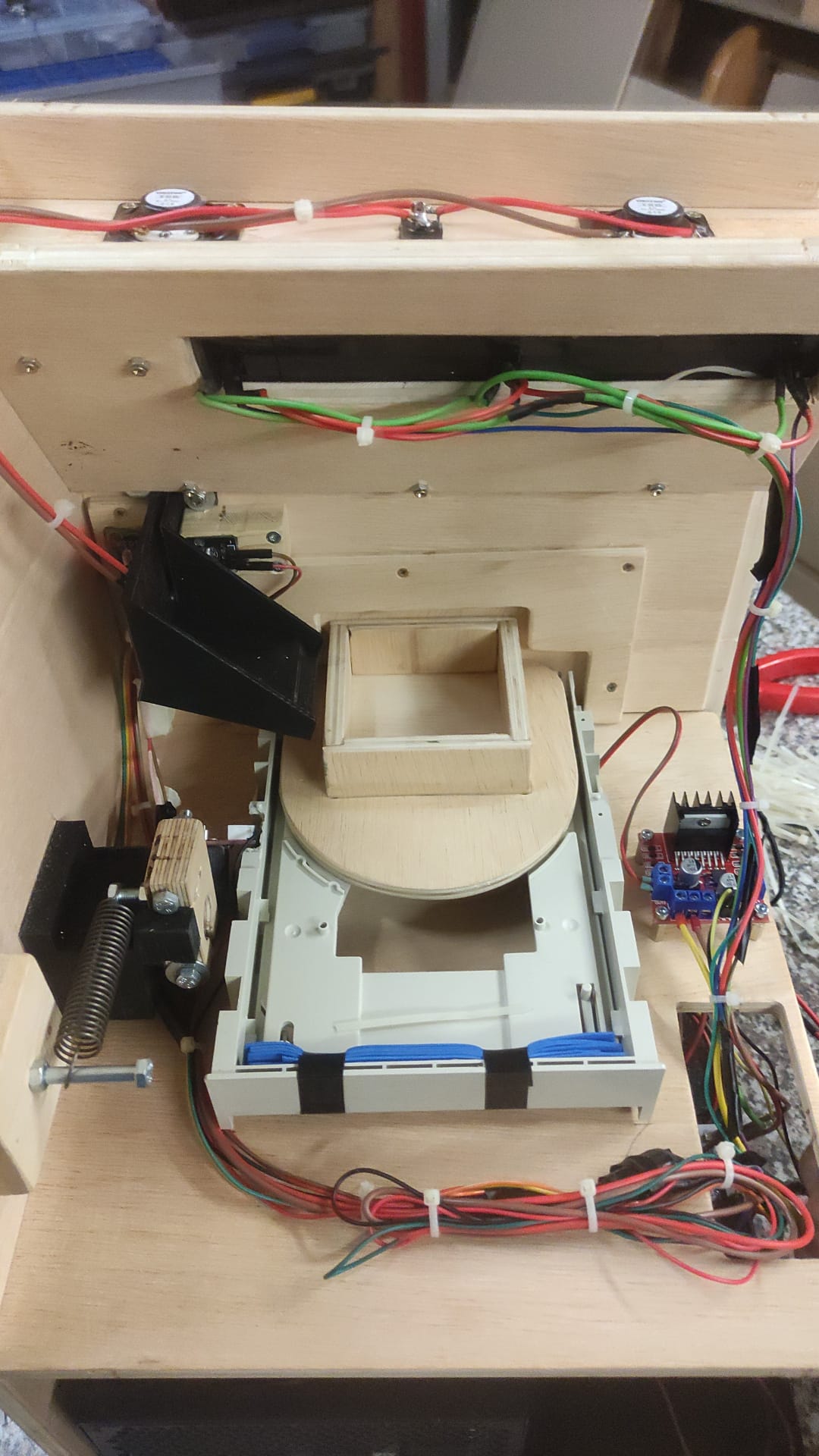
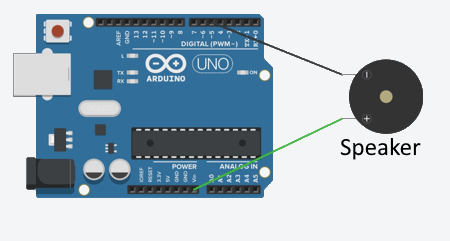
Paintwork
Painting was easy because the outside of the case was almost entirely made of wood
- sand everything thoroughly to create a smooth surface
- mask off everything that should not be painted
- first apply a layer of primer
- let the primer dry
- then follows the painting
- then let the paint dry
- Finally, remove all adhesive strips
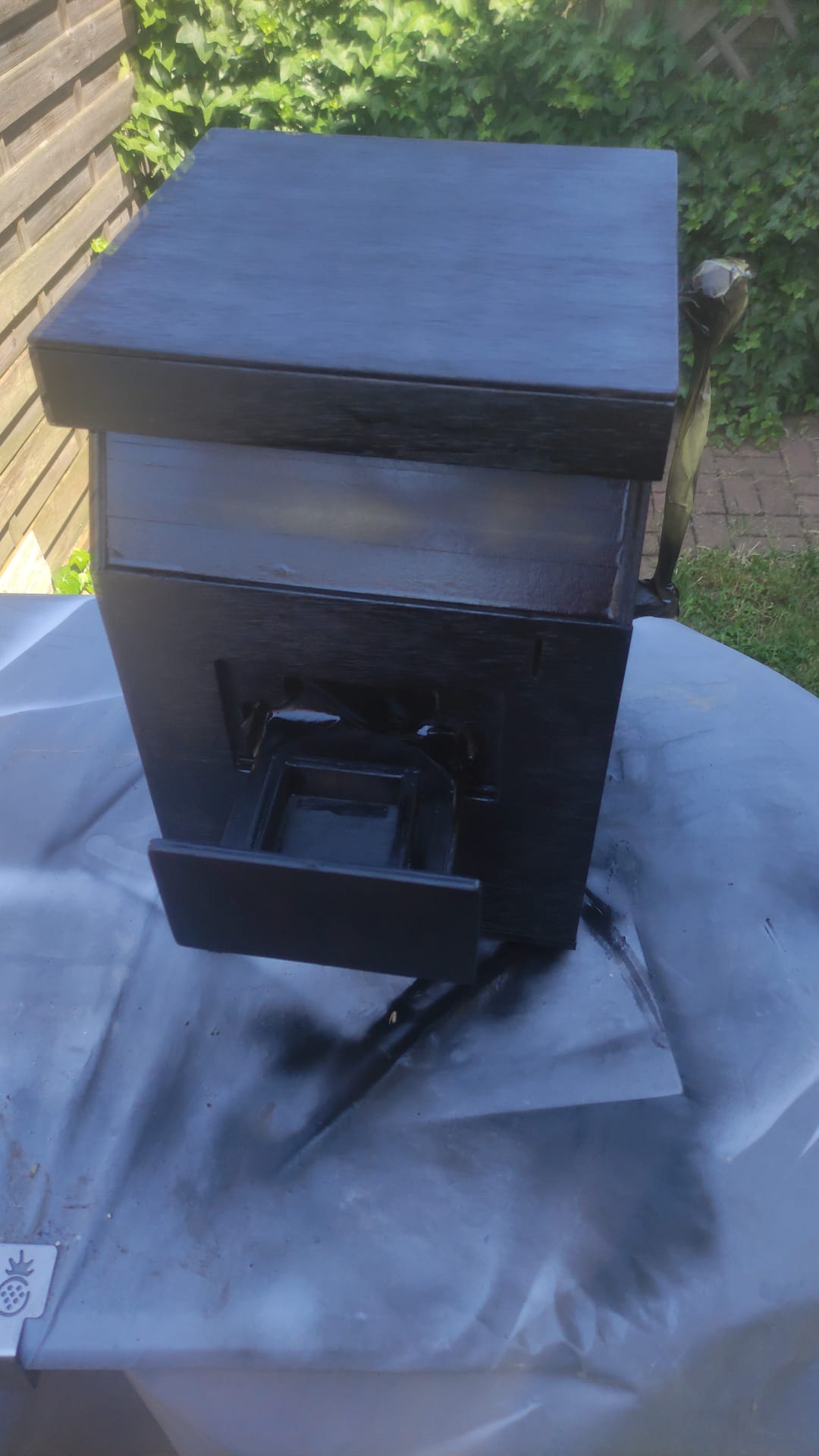
Signage
To symbolize where the coins are inserted, I made a sign with the inscription "Insert a GHSE coin", which was then glued over the coin slot
I also created a nameplate with the exact data of the slot machine
(Everything is German values)| Company | CE | |
|---|---|---|
| street | ||
| zip code | ||
| Typ | one-armed bandit | |
| year of construction | 2022/23 | Nr. 001 |
| 230V | 1Ph | 50Hz |
| 400W | ||
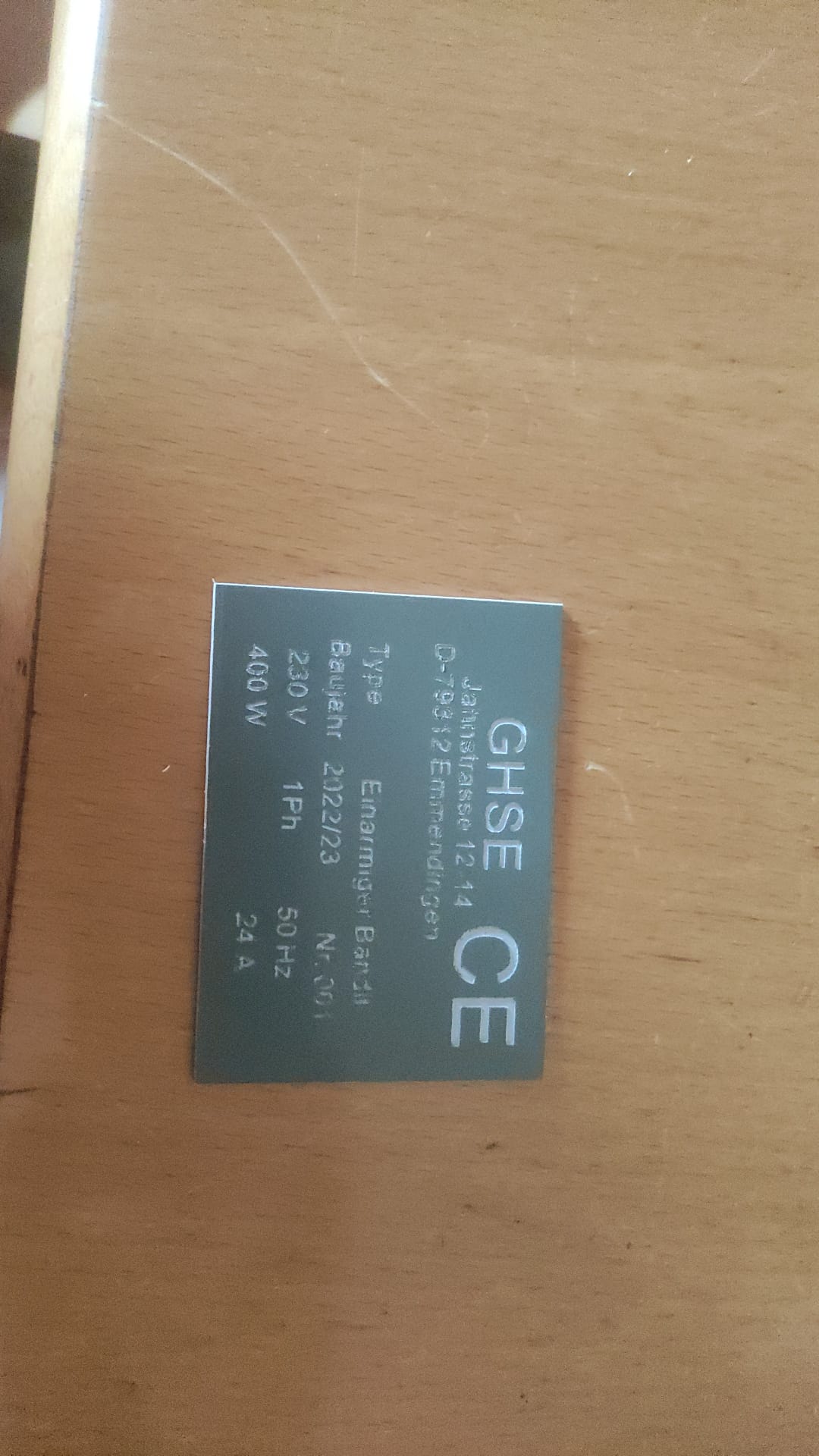
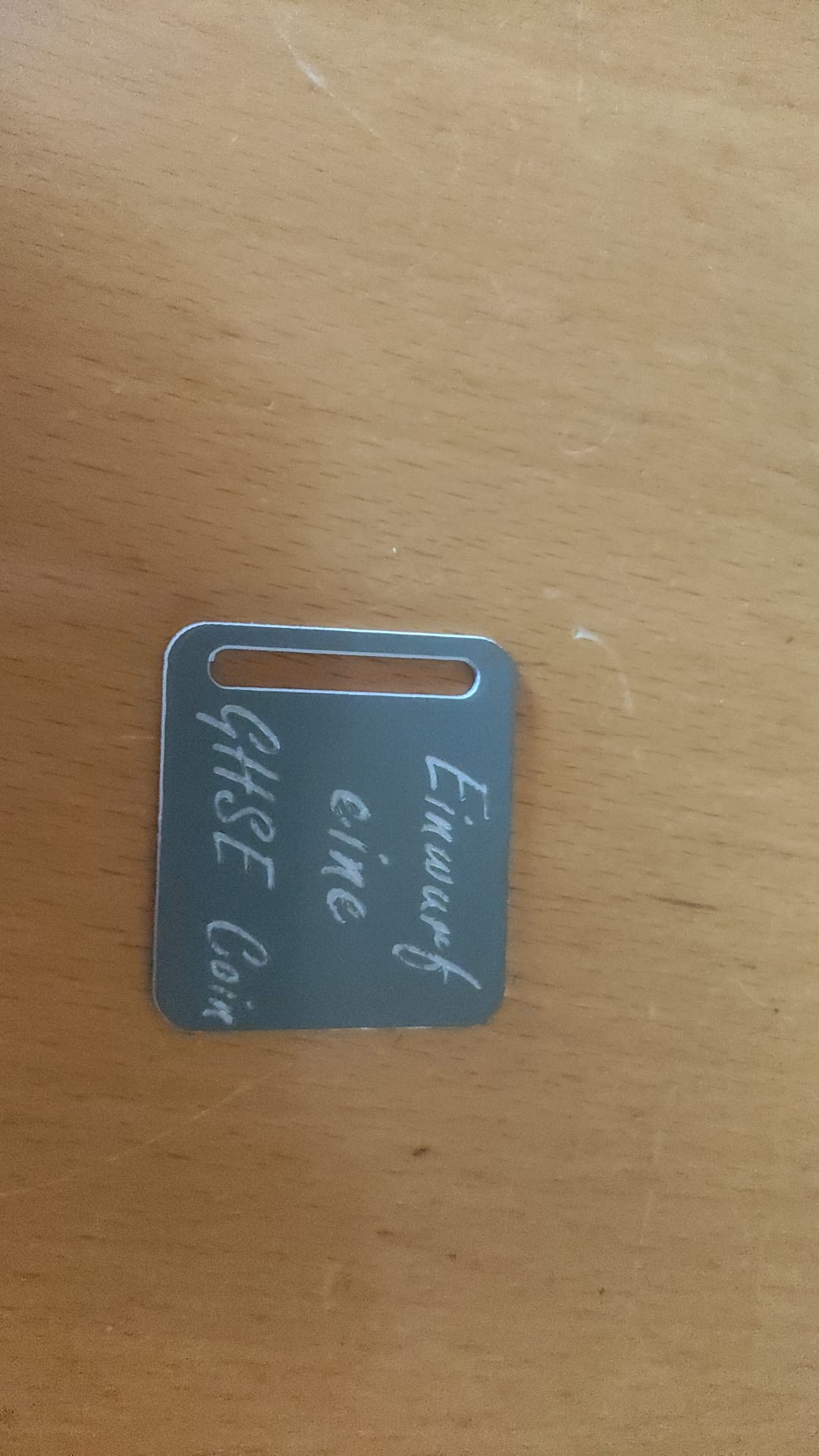
The final product
